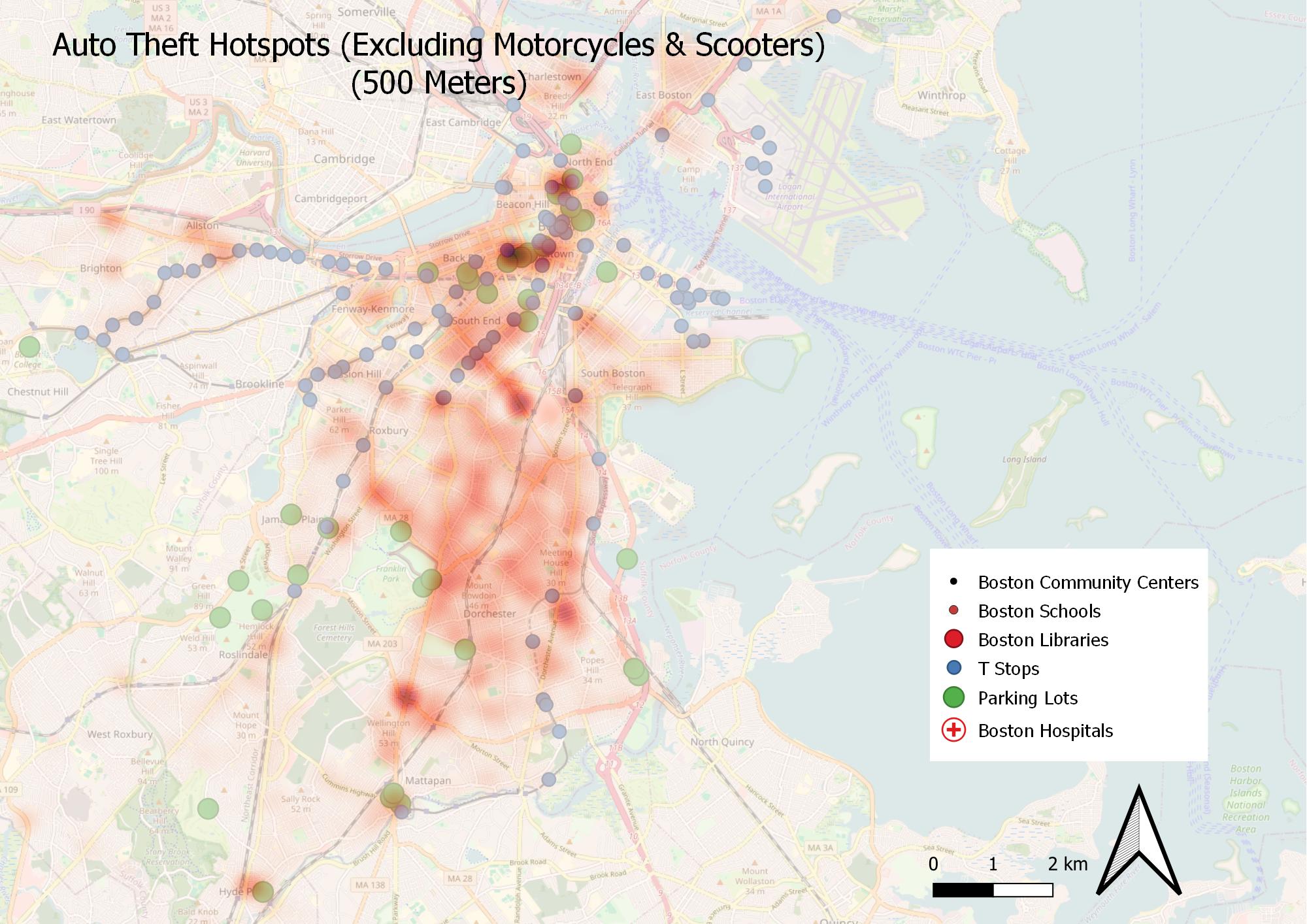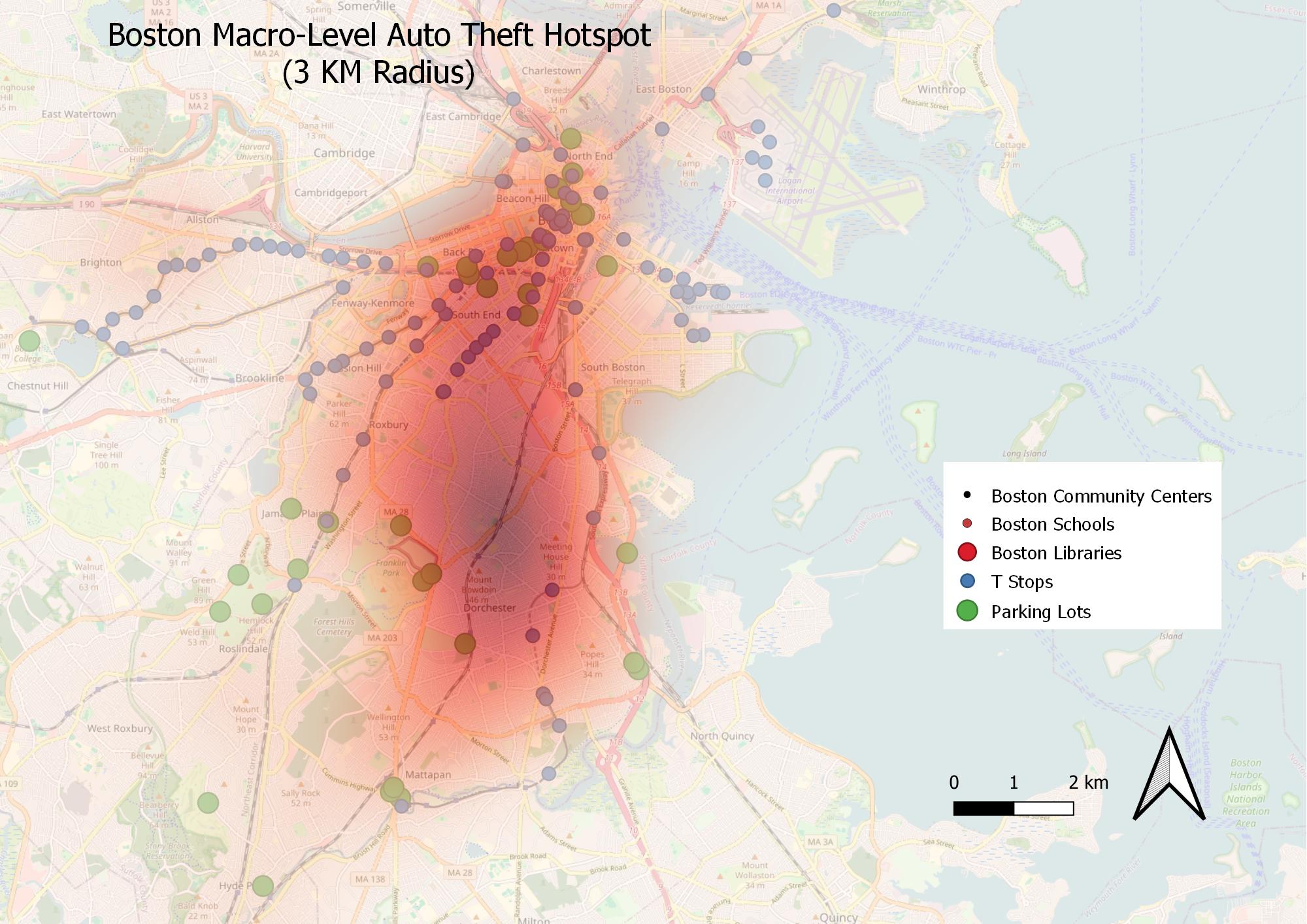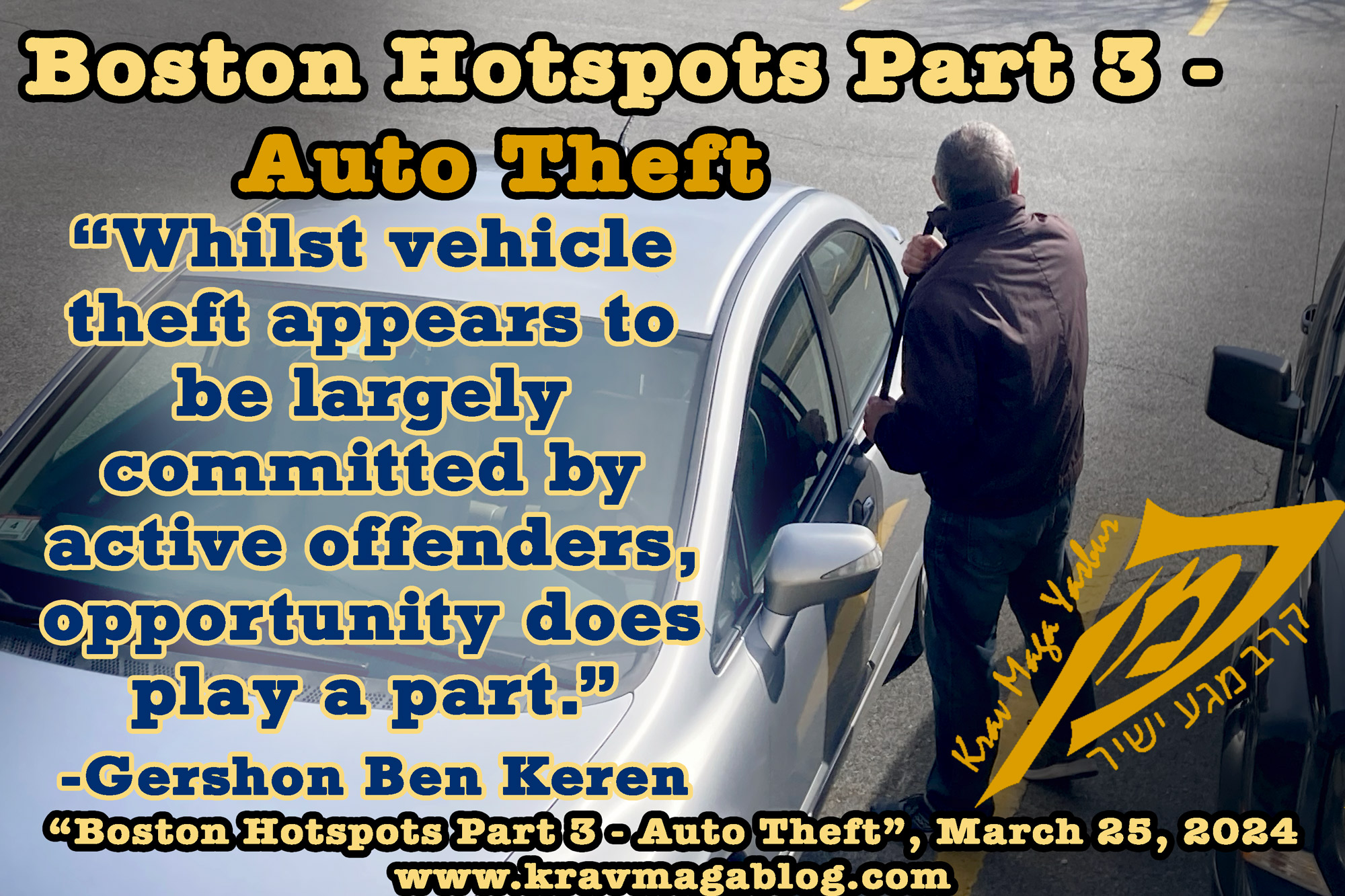The term “scientific” gets bandied around a lot on social media when people want to validate their opinions. However, when you apply a scientific process to a research question you have to do so openly, and with the expectation that your question may receive a negative or inconclusive result. One of the pieces of research I engaged in while completing my second master’s degree was prompted by the question, “Do burglars travel further to commit their offenses than street robbers?”. This was translated into the hypothesis, “Burglars travel further to commit their offenses that offenders who engage in street robbery.” The results? Using a dataset from a city in Massachusetts, I couldn’t support my hypothesis. It appeared that those who engaged in each type of offense were equally opportunistic. I had incidents of burglary in the same apartment building where the offender lived, and street robberies that literally occurred on the doorstep of an offender’s home etc. By applying the same process to each type of offense, I had a “scientific” basis for this conclusion.

The same is true when you do an analysis of crime hotspots. Applying the same methodology to auto theft, as I did to street robberies, drug-related offenses, and theft, there were no “unexplainable” hotspots e.g., a “hotspot” in Dorchester was easily explainable by population density and a high level of car ownership etc. The point of any research should be to provide practical answers/solutions to an audience, beyond just the researcher. One of the questions that I wanted an answer to, after discovering hotspots that centered around parking garages in the South End of Boston, was whether it was safer to park your car in a garage, or on the street, as the hotspots indicated that street parking seemed safer. However, when you considered that many of these garages were multi-level, and accounted for the extra geographic space, that each level “added” to the footprint of the garage, the answer was that on a space/car density perspective, these hotspots “disappeared”. In this article I want to look at some of the other aspects of auto theft in Boston, that can better inform us about this type of offense.
In environmental criminology there is an underlying assumption that most crime is committed as a result of people’s routine activities; the things that people do day-to-day e.g., a person with a dispensation for committing street robberies, comes across a suitable target, as they are on their way to buy a six pack from a liquor store etc. This is why we would expect – and generally see – an uptake in muggings during the summer months; with longer days and more people, including offenders, out in public the opportunities increase. However, when we consider auto theft in Boston, these types of offenses don’t really follow seasonal trends. Whilst the majority of auto thefts tend to occur in the latter half of the year (June through to December), when the numbers are averaged out, the difference between any two months of the year isn’t significant. This suggests that auto theft is not so much the result of offenders stumbling across opportunities but involves more committed offenders who actively seek them out. One of the explanations given for the significant/dramatic reduction in crime rates that occurred after 1993, was what is referred to as the security hypothesis. This states that the increase in both the quantity and quality of security was the key driver in reducing the crime rate, especially with offenses that related to property crime such as vehicles and houses etc. With the introduction of central locking and immobilizers as standard features in vehicles it made breaking into and stealing cars much more difficult, requiring specialist knowledge and tools to do so. This is why older rather than newer cars are often targeted for theft, especially when the goal is transportation/joyriding (still the largest reason cars are stolen), rather than to be sold on either in their entirety or for parts (often more common due to the difficulty in tracing parts).
Research from the UK has shown that automobile theft is most common in residential areas where cars are parked on the streets, rather than in a driveway or a garage. Being able to park a car in a home garage makes the risk of theft almost negligible, whilst parking on the street increases the chances significantly. It has also been found that it is more likely for a car to be stolen if it is parked close to lower socio-economic areas e.g., if you live in a “middle class” part of a city or town but in a house/on a street, that is located near a more economically deprived area, you are at a greater risk of having you car stolen than someone who lives “deeper” into your neighborhood. As inconvenient as it may be, if you have to use street parking, it may be worth parking your car a few streets over, if your locale is one which is at risk of automobile theft. Environmental criminology refers to these overlapping areas between neighborhoods as “edges”. These edges often offer better offending opportunities as they are areas of natural mobility with more strangers moving within them compared to residential areas where the only people who are likely to have a “genuine” reason to be there are those who live there i.e., non-residents/strangers are more likely to stand out and be identifiable in such areas.

Whilst vehicle theft appears to be largely committed by active offenders, opportunity does play a part. This can be seen when looking at thefts involving scooters and motorbikes. One significant hotspot that appears when these are added to the data is in Allston, with others in Back Bay and the South End. It may be that scooter and motorcycle ownership represent a more efficient mode of transport for inner city residents. However, motorcycle and scooter thefts do follow a seasonal pattern, unlike cars etc. The months of June through to October (5 months), account for almost 75% of all thefts. These are the months in Boston and Massachusetts, which are more conducive to riding than the winter and spring months. This may suggest that for these months of the year motorcycles and scooters are garaged and locked away. One of the things which significantly reduced motorcycle thefts in the UK and Europe was mandating that helmets had to be worn, and the passing of such laws didn’t see an increase in car thefts, indicating that the majority of such crimes were purely opportunistic; if you chose to commit a crime without wearing a helmet there was a good chance that law enforcement would stop you. This would suggest that most motorcycle and scooter thefts since the passing of the helmet law would be premeditated crimes committed by individuals with an end game.

One finding that is significant, and that can be seen when the radius of the hotspot is widened to a 3km range, is that auto theft largely occurs outside of the city center and towards the south of Boston, in North Dorchester, around Uphams Corner. Whilst car crime and auto theft is something many people are aware of when coming into city centers, in Boston it appears to be more of a residential crime, with most offenses occurring between 12 pm and 1 am(71%), and occurring fairly evenly, across these hours; a car is almost as likely to be stolen between 12 and 1 pm, as it is between 12 and 1 am.
Share:

Gershon Ben Keren
2.8K FollowersGershon Ben Keren, is a criminologist, security consultant and Krav Maga Instructor (5th Degree Black Belt) who completed his instructor training in Israel. He has written three books on Krav Maga and was a 2010 inductee into the Museum of Israeli Martial Arts.
Click here to learn more.

